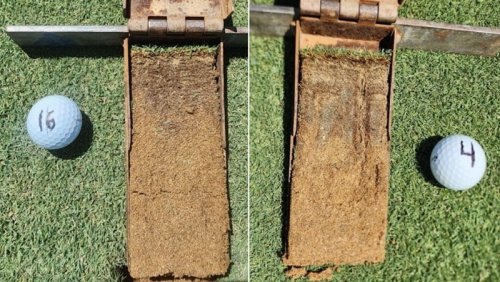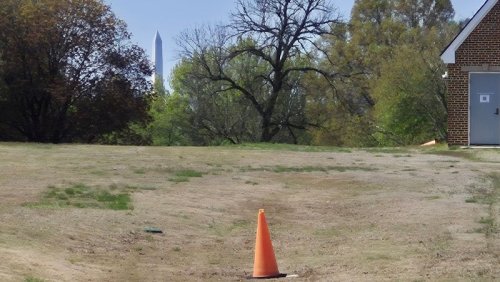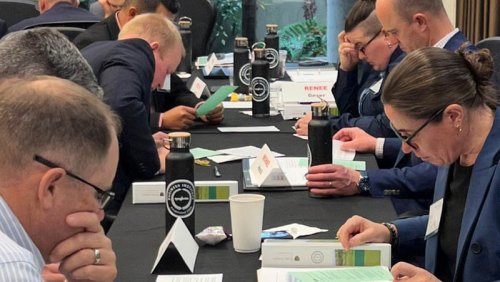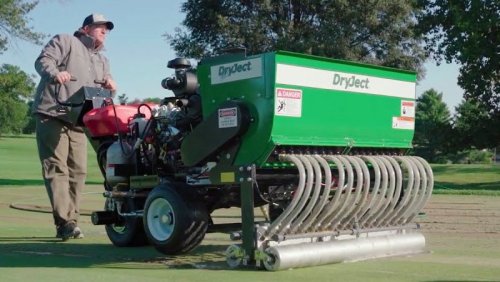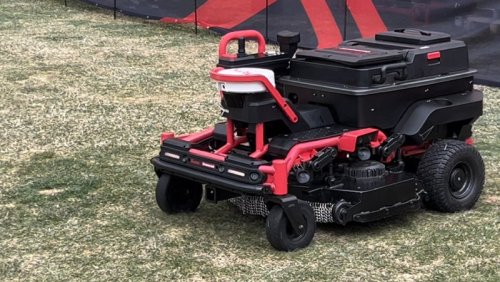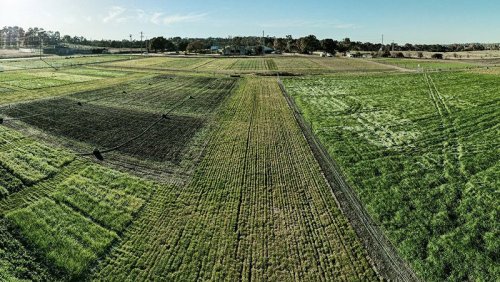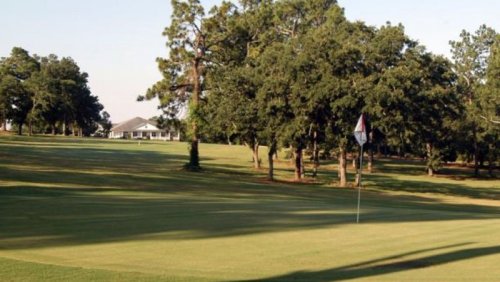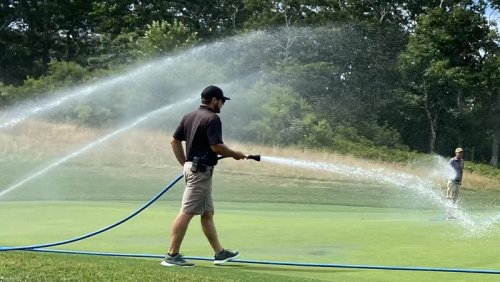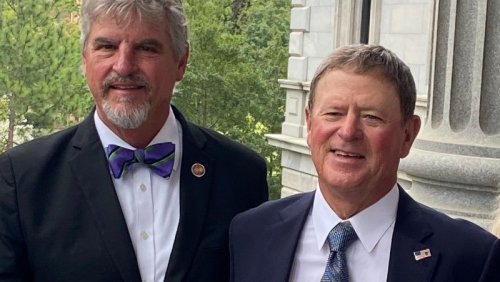

Designed for professionals in the turf, tree, lawn care and landscape industries, the Clean Air Calculator from Project Evergreen was developed using research conducted at Ohio State, the University of Guelph and the U.S. Forest Service. It allows users to measure their property's ability to positively impact the immediate environment by contributing to cleaner air through carbon sequestration and offsetting vehicle emissions in a measurable way that can be communicated with others.
Users can map an area using the interactive tool to track the benefits of turf, trees and shrubs. Once a property is mapped, the tool calculates cubic yards of clean air produced per year, pounds of sequestered carbon dioxide and how many miles of combustible engine exhaust are offset.
A new clean air calculator helps users quantify the environmental benefits of the properties they maintain. Photo by John Reitman The tool can store multiple maps for those who manage more than a single property.
The calculator is based in part on research conducted in 2010 at Ohio State that showed trees, shrubs and turf are able to sequester carbon at rates of 7.5-13 pounds, 0.15-0.5 pounds and 246-307 pounds per year, respectively.
A 2022 sustainability study by researchers at the University of Guelph concluded that "a carbon calculator can be used as a tool to help educate homeowners, contractors and businesses to make informed decisions about how their maintenance practices influence the carbon sequestration potential of urban plant systems."
The U.S. Forest Service cites more than two dozen research projects and publications touting the carbon-sequestering abilities of trees and forests and their positive environmental contributions.
- Read more...
- 292 views

